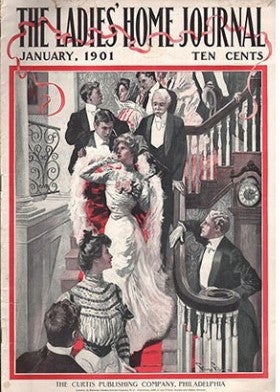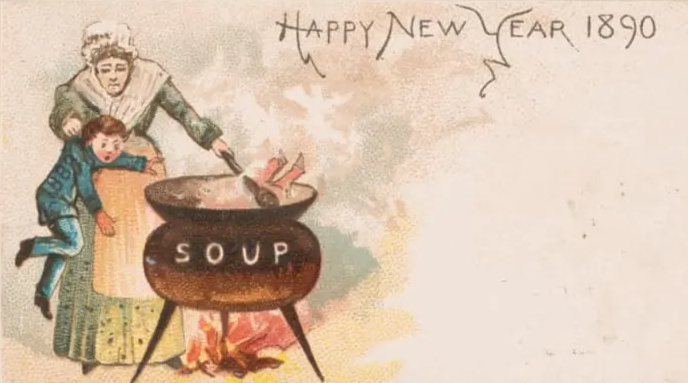The celebration of the new year in America has seemingly come full circle. What started as an annual neighborhood party evolved into lavish galas, and now, at least in Augusta, has mainly circled back to having friends over for a casual evening, watching the Georgia game and annoying the neighbor’s pets with fireworks.
Traditions in the 18th century that made their way to America from Mother England were Wassailing and Mumming.
On New Year’s Eve, women would carry a large communal bowl of Wassail, a hot drink made of mulled cider with cinnamon and nutmeg, and in exchange, they would receive a gift.
As the night wore on, mummers would visit neighboring houses, according to Bethany Meeker writing in The Historical Homemaker, and these would be men who had already partaken in Wassail and who would perform songs and skits in order to get more Wassail.
Meeker writes that the tradition never really went away; it just moved holidays to Halloween where we get the phrase “trick or treat.” The treats are now candy rather than alcohol.
MORE: Bowen Bros store first to have escalators, automatic doors, and air conditioning
The Victorian Era brought about some rather strange traditions that have been somewhat forgotten.

It was considered bad luck to allow women in one’s house first on New Year’s Eve. Commonly, an assembled group would play a new year’s resolution parlor game that had participants write rather bizarre resolutions on pieces of paper that would be thrown into a hat and passed around the room.
According to online magazine Mental Floss, an 1896 book of games indicated the resolutions could be statements like, “I must stop smoking in my sleep,” and “I must walk with my right foot on the left side.”
Of course, those resolutions were no more kept than the modern resolutions we make today.
At the stroke of midnight, the revelers would sing “Auld Lang Syne,” a tradition that remains to this day.
Not only did the Victorians usher in the age of photography by taking photos of dead loved ones propped up to look like they were living, but on New Years they would send postcards to one another that depicted dead birds and drunk monkeys.
The Mental Floss story notes that the Kinney Tobacco Company issued creepy postcards that depicted children (as the old year) being tossed into boiling vats to be made into a New Year’s Day soup.
As the Gilded Age took over in America, New Year’s Eve became a much more formal affair. Cider was out and champagne was in.
Gilded Age society was a primarily Northern thing, but the Northerners brought their traditions to Augusta, as the Garden City was the winter home for them.
The Bon Air Hotel staff of the time would welcome in men dressed in white tie and tails and women in fancy ball gowns for what would be a night spent primarily eating.
MORE: Something You Might Not Have Known: Fat Man’s
Most New Year’s Eve menus would spread out over nine to 13 courses that featured dishes like fresh Dungeness crab cocktail, maraschino chilled tomato juice, consomme double, hearts of romaine and avocado, assorted iced relishes, whole broiled lobster, beans amandine, Idaho potatoes, stuffed squab chicken and wild rice, Eastern roast prime rib and cherries jubilee.
It is no wonder the rich people of the time were known as “ladies and gentlemen of girth.”
Today, fireworks have replaced the clanging pots and pans, and most restaurants have paired their menus to either a buffet or just three courses served while the deejay provides entertainment in place of the chamber group.
But we still keep tradition alive with the champagne toast and a kiss for good luck at midnight.
…And that is something you may not have known.
Scott Hudson is the senior reporter for The Augusta Press. Reach him at scott@theaugustapress.com











